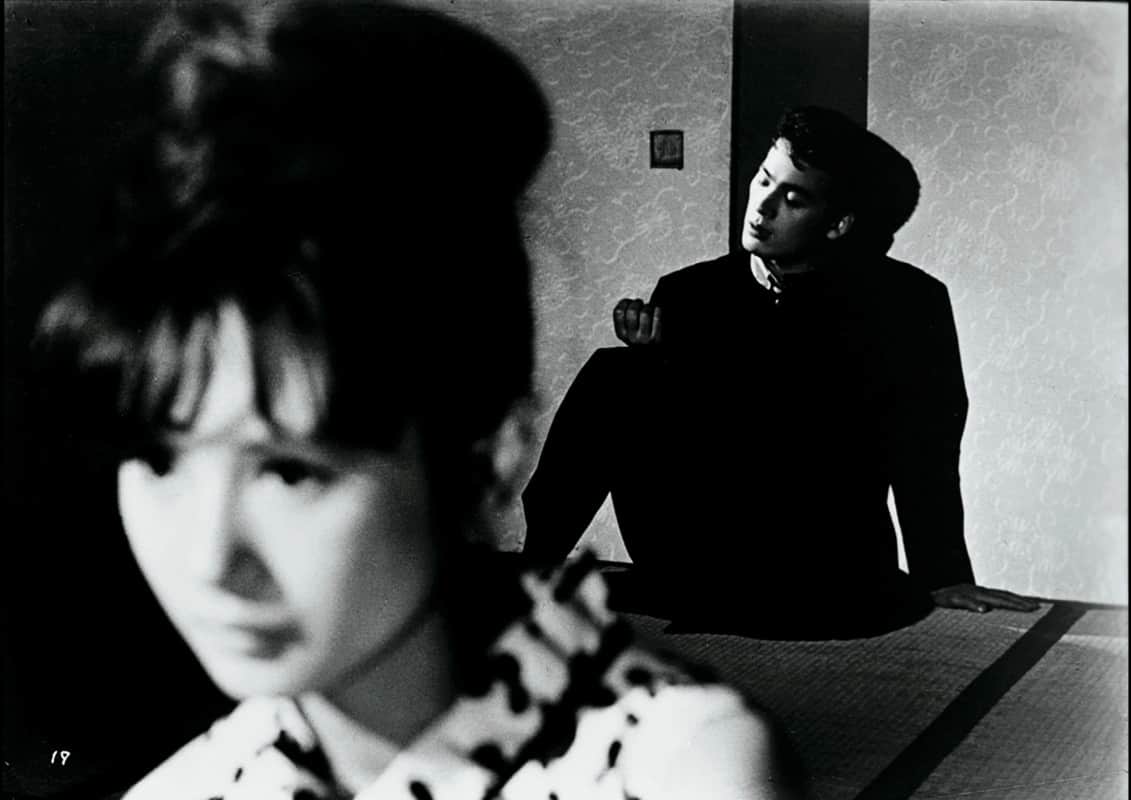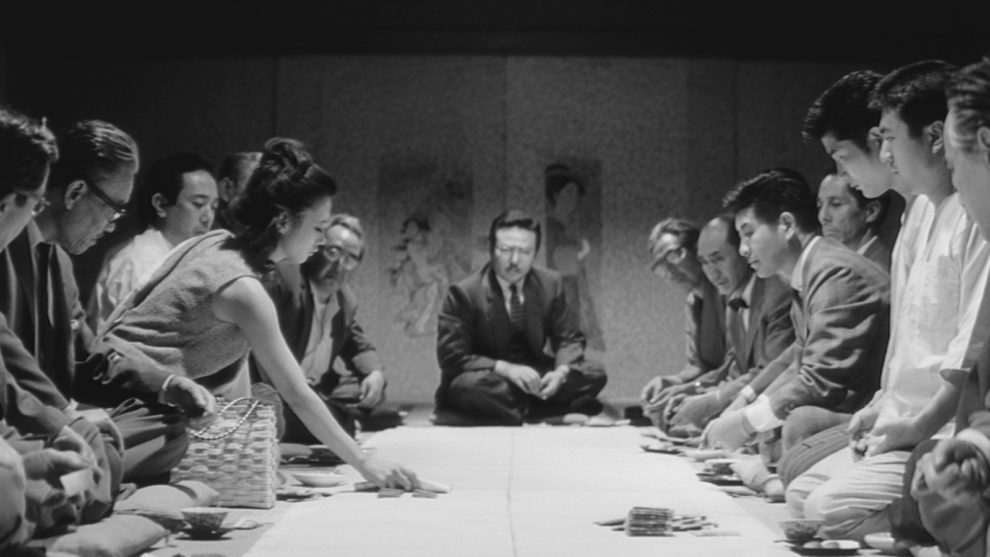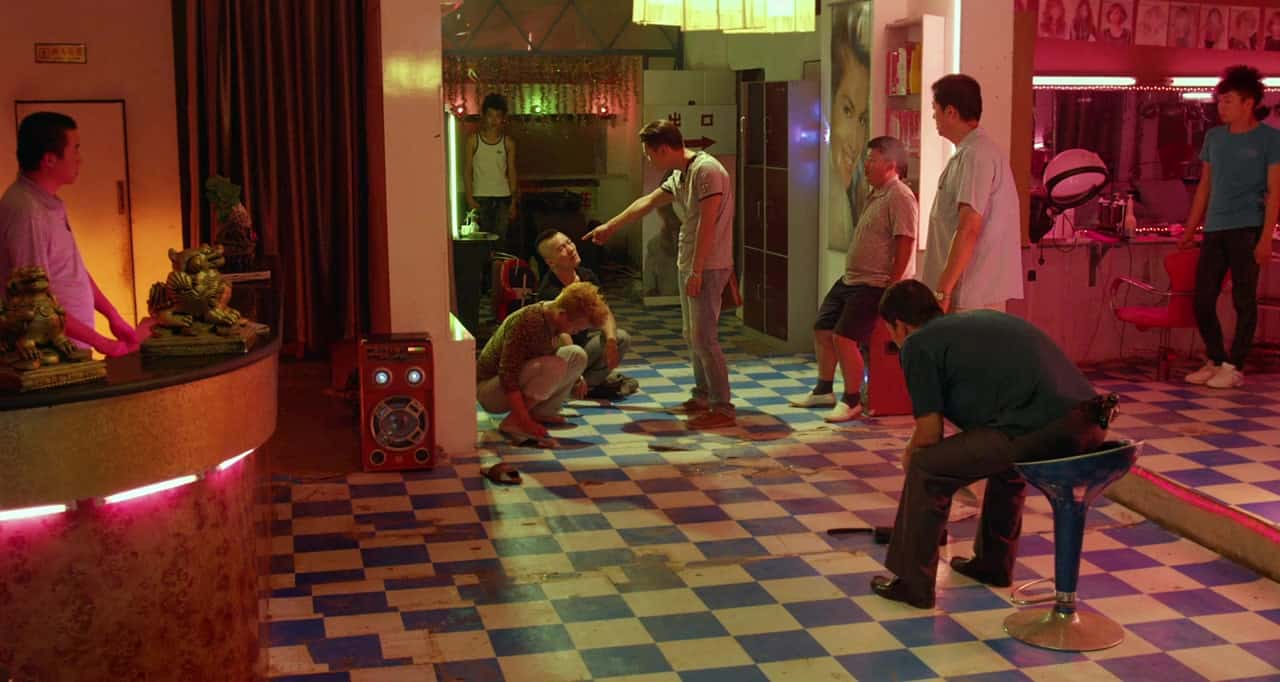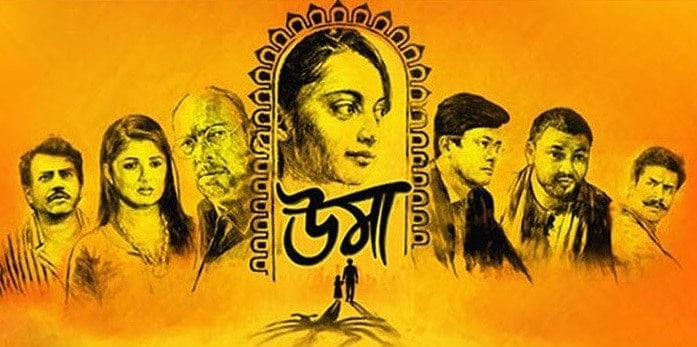Very rarely has the world of Yakuza been portrayed in such cinematic glory, as in the then 33-year-old Masahiro Shinoda's break out film, which was based on an original story by Shintaro Ishihara, leading figure of the Sun Tribe generation and scenarist of “Crazed Fruit”. Surprisingly, at least when looked in retrospective, the film was not successful from the beginning, since the script writer of the film, Ataru Baba, did not like Shinoda's approach at all, while the extensive gambling scenes “Pale Flower” featured caused trouble for Shochiku with the censorship board, forcing them to shelve the movie for a number of months. Now, however, and thanks to another excellent release by Criterion, we can enjoy one of Shinoda's greatest works (if not the best).
Muraki, a hardboiled yakuza, has just been released from prison after serving a three years sentence for murdering a man from an opposing gang. However, as soon as Aikawa, a former “junior” of his meets with him, Aikawa starts realizing how things have changed while he was away. As a new gang is trying to invade their domain, his boss has formed an alliance with the opposing boss, whose henchman Muraki has killed. Furthermore, his girlfriend, Shinko, informs him, after they have slept together, that she has found a man willing to marry her, essentially a challenge for him to move forward with their relationship he turns down completely unceremoniously though.
Furthermore, and during his visit to a gambling den where people play the Flower Card game, he stumbles upon a young, rich, beautiful woman Saeko, who seems to hold no regard for the vast amounts she loses in the game, nor for the eyes of the other players who seems to lust the sole female presence among them. Saeko and Muraki soon get acquainted, particularly after she asks of him to find a game with bigger stakes. Soon, however, Saeko is revealed as a true self-destructive femme fatale, who sucks Muraki into a void she tries to fill with every kind of thrill. At the same time, Yoh, a new employee of the boss, is always around in the places Muraki visits, his eyes following both him and Saeko.
Masahiro Shinoda directs a title that thrives on one of the most impressive noir atmospheres ever to be presented on film. To achieve this level, Shinoda implements all kinds of cinematic aspects, particularly during the gambling scenes, which emerge as the most impressive in the movie. The Ozu-esque visual approach (Shinoda worked as his assistant after all) is enriched with a number of panoramic shots and an approach towards the introductions of each character through the view of the rest of the people on each scene, which works wonders for their individual sketching. Particularly the ways the protagonists are made to stand out, and especially Saeko's difference from the rest of the “inhabitants” are highlighted in the most impressive fashion, in a testament to Masao Kosugi's work in the cinematography, which also thrives on his distinctly noir use of shadows.
The second factor is the sound, with Hideo Nishizaki's recording of the sound of the cards, the murmur of the players, but most significantly the constant, repetitive voice of the dealer combined with the excellent music of Yuji Takahashi and Toru Takemitsu resulting in a truly masterful soundscape.
The way the aforementioned sounds dictate the pace of the movie is another point of excellence, with Yoshi Sugihara's editing speeding and slowing the tempo according to the circumstances of each scene, exceptionally complementing the context each time.
And talking about context, “Pale Flower” definitely does not lack in that domain either. The seemingly bathed in honor and ceremonial ways of the yakuza are repeatedly deconstructed here, particularly through the ways the higher ups treat and perceive Muraki. Shinoda presents the two bosses as “nothing special” while the caricature ways of Seiji Miyaguchi and Eijiro Tono are the only moments of subtle humor the director allows, with his irony being palpable, particularly in scenes like the soup-eating one.

The concept of masculinity, as exhibited by the rather cool appearing Ryo Ikebe as Muraki is also deconstructed, through the ways Saeko makes him forget all his “values”, both his personal and of the yakuza world. The gradual way she draws her into her self-destructive life is one of the best parts of the narrative, and also the one that benefits the most by the excellent acting of both the aforementioned and Mariko Kaga's as Muraki, who portrays the archetype of the femme fatale in all its glory. The scene where the all powerful yakuza is “delegated” to a common peeper is indicatory, as much as one of the most memorable scenes in the movie.
Lastly, that gambling on all aspects is the concept that dominates both protagonists, and also the reason that joins them essentially, also presents a rather dark comment about human nature, and particularly the blights of any kind of obsession.
At the same time, there is also much action here, including fisticuffs, car chases and the rather intense duel between Muraki and his arch enemy, whose use of knives in the narrow streets the story takes place in is truly chilling.
“Pale Flower” is stunning to watch, thought provoking and entertaining at the same time, and a true masterpiece of a film.
















